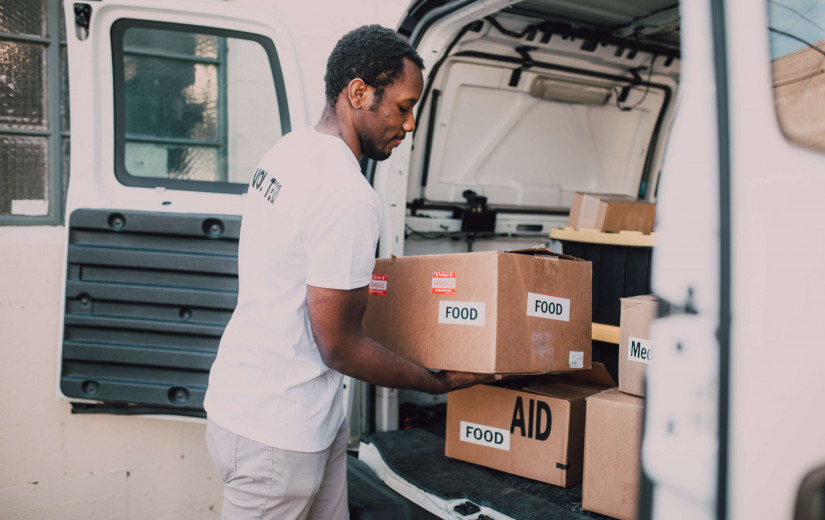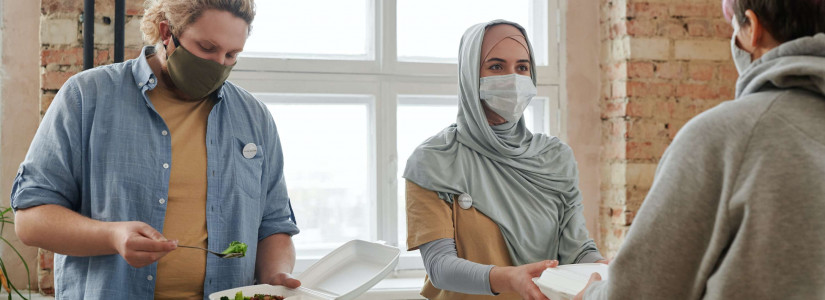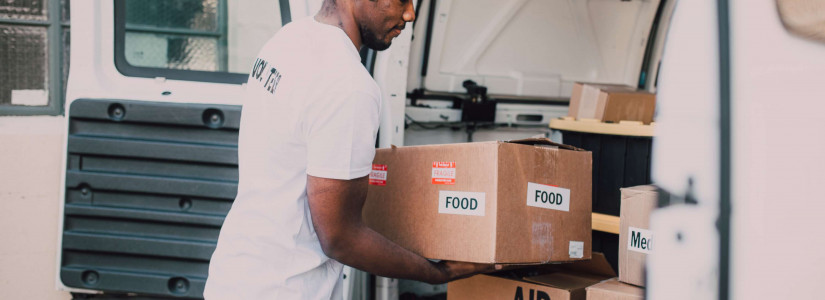Experts Predict THIS State Will Be the Next COVID-19 Epicenter!
After spending weeks in lockdown, you're probably ready to get out of the house and go have fun. Unfortunately, it might be a bad idea to go out now. Experts report some troubling new trends.
Record COVID Cases Reported in These Regions
As the strictest lockdowns ease, more and more cases of COVID-19 are popping up. This week, ten states have reported record-high numbers of new COVID cases. Alabama, Arizona, California, Florida, Nevada, North Carolina, Oklahoma, Oregon, South Carolina, and Texas are all having huge surges in coronavirus cases.
President Trump might be saying the virus is dying out, but all medical experts agree that it's going to be bad for quite a while. Former USDA commissioner Dr. Scott Gottlieb reports "we're going to have rolling outbreaks."
Many states are lifting their lockdown orders too soon, and citizens are rushing out to crowded places instead of being cautious.
The State With The Highest COVID Rates
Overall, Florida is struggling the most. On Monday, the state reported 2,800 new cases. This is currently the highest number of new confirmed cases in a single day. Altogether, the state has had over 86,000 confirmed cases.
Florida's worryingly high COVID rates has some experts saying the area will be the epicenter of the next huge wave of coronavirus. Scientists from the University of Pennsylvania say Florida's COVID outlook is the "worst it has ever been."
A combination of very lax safety measures and a tourism based economy means that crowds of people are showing up at restaurants, bars, and entertainment venues. In one notable case, 16 friends who went out for a birthday celebration all tested positive!
The high rates are especially concerning when you take a look at Florida's population. The state has a huge amount of senior assisted living facilities where coronavirus can spread through the aging, at-risk population.
Is Your State at Risk?
If you live in any of the previously mentioned states, you should definitely be worried. But what if you aren't in one of the areas getting mentioned in the news all the time? Here's what Johns Hopkins University has to say about your COVID rates.
- Significant increase: A concerningly high number of states are having a sharp increase in COVID rates. Alabama, Alaska, Arizona, Arkansas, California, Delaware, Florida, Georgia, Hawaii, Idaho, Kansas, Oregon, Louisiana, Montana, Nevada, North Carolina, Oklahoma, South Carolina, Tennessee, Texas, Washington, West Virginia and Wyoming are all on this list.
- Steady increase: Indiana, Maine, Mississippi, Missouri, Nebraska, Ohio, South Dakota and Utah all have a slow but steady rise in the number of reported COVID cases.
- Slow decrease: Colorado, Connecticut, Illinois, Iowa, Kentucky, Maryland, Massachusetts, Michigan, Minnesota, New Hampshire, New Mexico, New Jersey, New York, North Dakota, Pennsylvania, Rhode Island, Virginia and Wisconsin are all starting to see a decline in COVID rates.
- Steady decrease: Only one lucky state is in this category. Vermont has had a 50 percent decline in COVID-19 cases!
Are Record High COVID Rates Really a Cause for Concern?
Some people are shrugging off these worrying statistics because they think the rise in new cases is just due to more testing. However, the reality is more concerning. Plenty of researchers have taken the time to analyze how many people tested are positive. Overall, there has been a 50 to 150 percent increase in the rate of infection around the nation.
For many of the new infected cases, COVID-19 is more than just an unpleasant flu. In places like
Florida, the higher number of cases is also causing a higher number of severe cases. General hospital beds are at roughly 75 percent capacity as more and more people need urgent care.
Sadly, this means you probably shouldn't be going out to crowded bars or busy concerts anytime soon. Dr. Jonathan Reiner says "we're not getting back to normal and there are difficult things that the public has to do."
To protect yourself and your loved ones, it is important to keep social distancing even if it's not legally required. New data suggests that everyone wearing masks can greatly reduce virus transmission rates, so if you do have to leave your home, be sure to wear a mask! Regularly washing hands and avoiding touching your face in public can also help cut your chances of getting the virus.

















